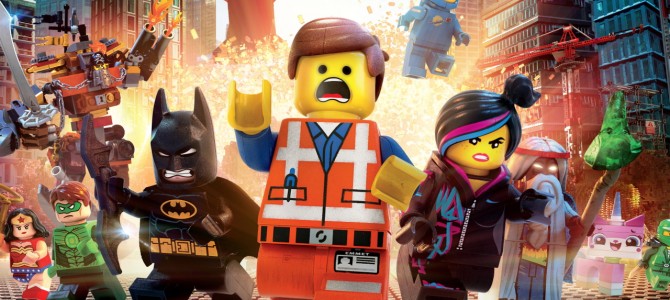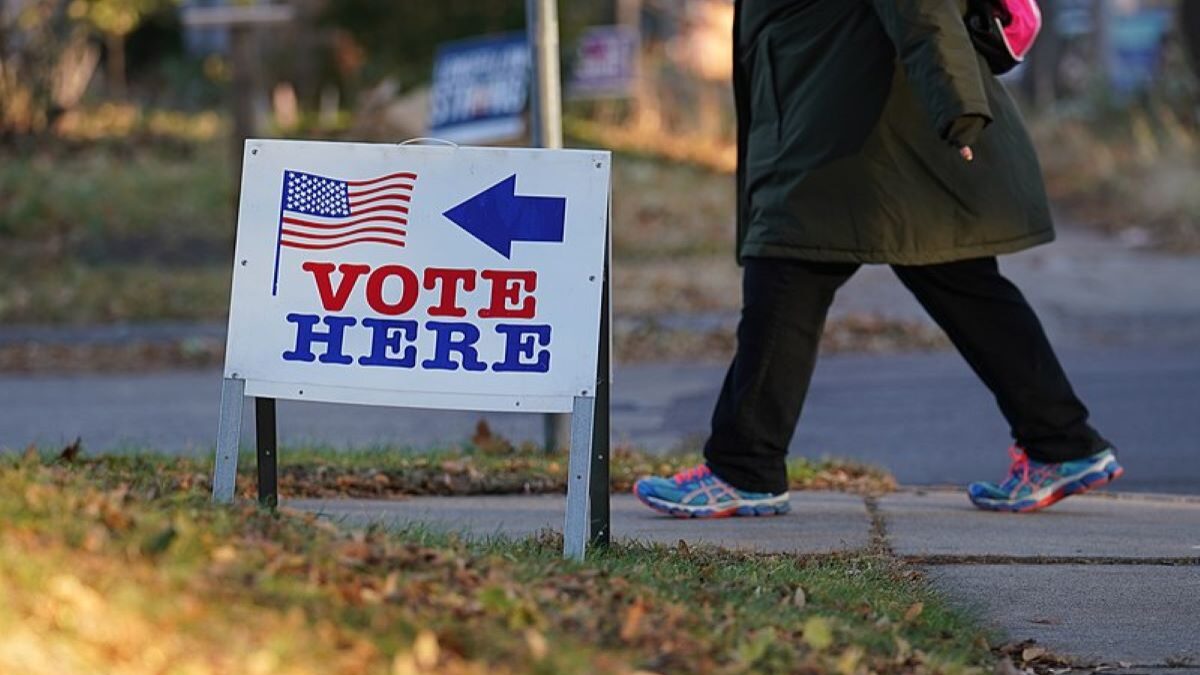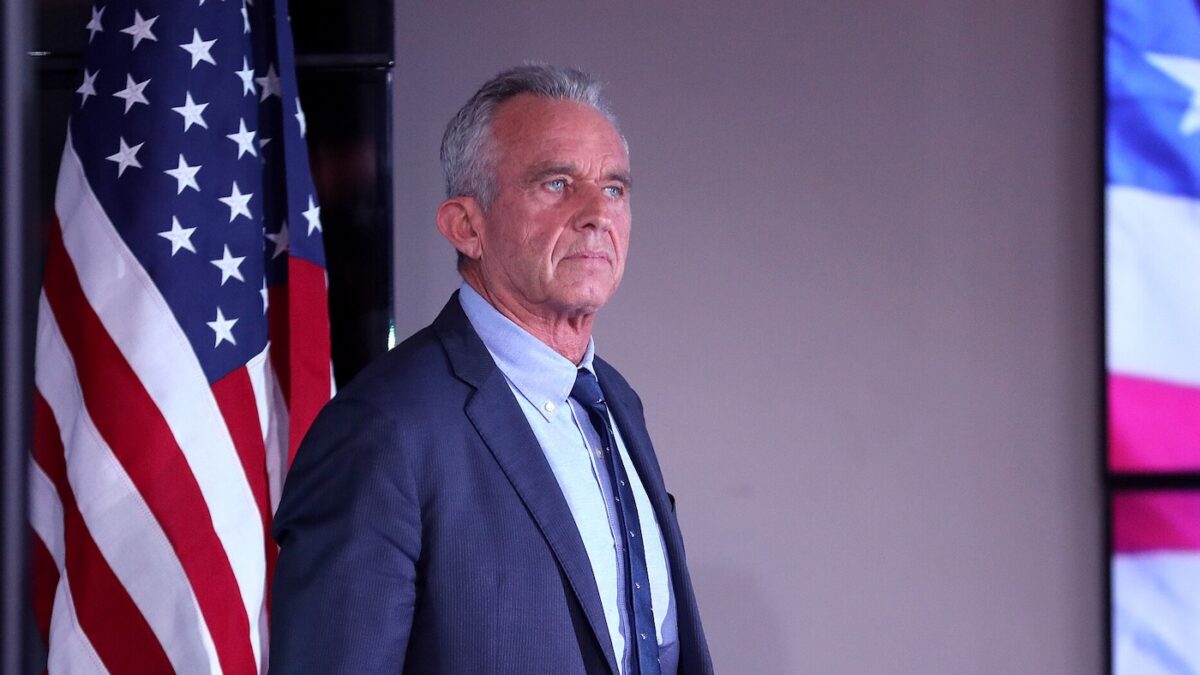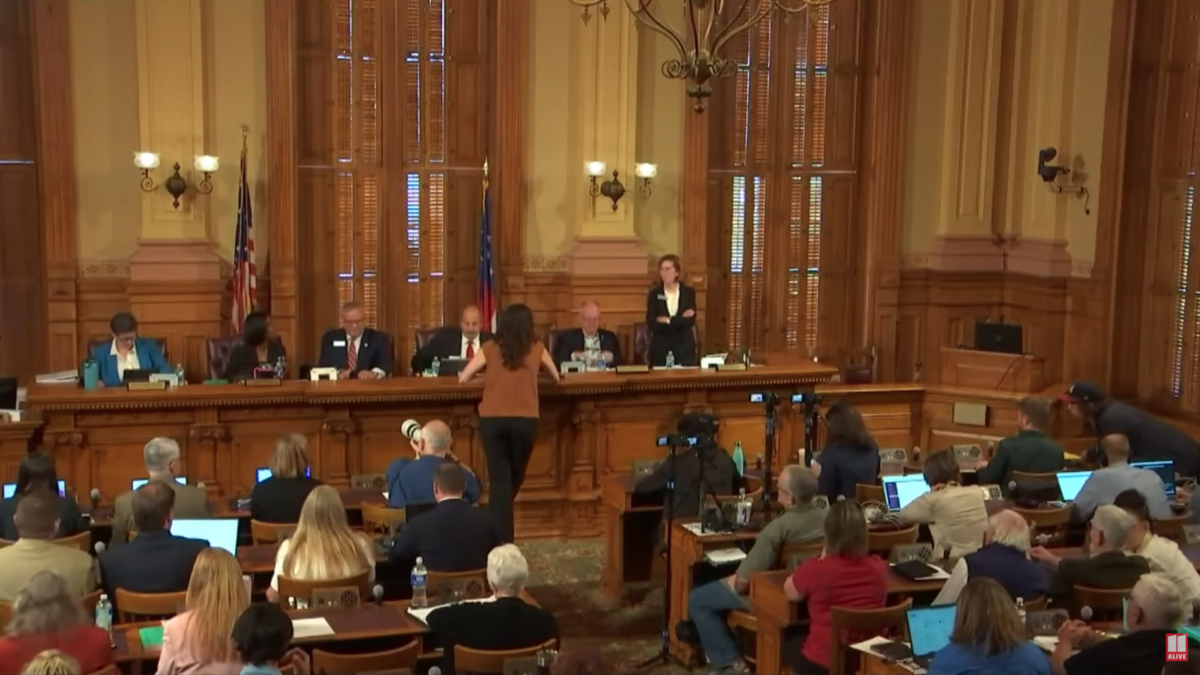
“The Lego Movie 2” is doing much, much worse than the original, which is a rare thing these days. The original “Lego Movie” came out in 2014, cost $60 million, and opened to $70 million. It eventually grossed more than $250 million in America and another $200 million in the rest of the world.
On the strength of these numbers, it quickly established a new franchise and was followed by two more movies based on Legos, which have made less and less money. It seems Warner Bros. went into overdrive and the audience has had enough of this fad.
So now we have a $100 million movie that opened to $35 million, half the original’s numbers, and almost as far below studio expectations ( around $55 million). It’s always hard to say why bad, disappointing movies might lose money and fail to live up to the dreams of investors, but I’ll hazard a guess. The age of moviegoing-as-therapy is coming to a close.
This new Lego movie literally tells people there are no bad guys, only bad feelings, and if you get rid of your bad feelings, you’ll be happy. You can imagine your way to happiness if you’ll only try. Look around. Does that feel-good rhetoric have any power to persuade anymore?
Movies as Subtle Therapy
Whether we like it or not, big-budget movies are growing less subtle about their metaphors. We find it hard to even come up with the subtlety of fables, which at least gave you a fable before the moral of the story came up. The Lego movies do not even try to hide the moralism and the metaphors.
Instead of having a plot, they tell a story about toys that learn they’re simply metaphors for various banal things that happen in the real world. They live a child’s drama until the therapeutic revelation that it was just bad feelings and it can all be okay. Then there’s a happy end. They seem to say: It was all just your imagination! This turns out not to be a successful business model, aside from being lazy writing.
This supposed cleverness (all narratives are meta-narratives!) doubles up as fast-paced sarcasm reminiscent of the ’90s. Remember how “Shrek” made fun of all the old fairytales, or rather the Disney versions of them that ended up being very popular? That’s what this movie does to a lot of old movies, including, for no particular reason, “Die Hard.”
I suppose older viewers will enjoy the movie history jokes and kids will like the animation? Well, kids don’t, especially girls. The female audience was only 43 percent, which is very low for a kids’ animation, and must have shocked the producers since the whole story is about how bad toxic masculinity is and how, instead of glorifying tough guys, we should all be happy and girlish.
This brings us to the film’s desperate attempt to use fantasy and animations to tell moral stories about how liberalism is the best thing ever and we should fall in love with it all over again. The ironic song of the first “Lego Movie,” “Everything Is Awesome,” which criticized conformism and consumerism, is now repackaged as a chastised and overly earnest, “We have to try to make everything awesome even though we know everything isn’t all that awesome.”
No more irony, no more smarm—what happened? Was it the Trump election? How did everything sarcastic turn into moralistic complaints about how bad toxic masculinity is? I guess this is an animation for the Me Too era, but one girls won’t go see, even if Batman in this story gets married in a very girly ceremony.
Mocking Heroes
The only connection between the two movies, five years apart, is its mockery of heroes. The first Lego movie was very sarcastic about Hollywood storytelling, particularly the idea of a savior, inevitably a white young man facing impossible odds, who is going to solve the problem of the plot and everyone will owe him one. Instead, we got an utterly mediocre protagonist who happened to be voiced by the most successful male lead of our times, Chris Pratt. This is the third and least successful franchise he headlines, after “Guardians of the Galaxy” and “Jurassic World.” Leave that contradiction aside, since no one knew at the time that movies starring him would end up making billions of dollars.
But the second movie takes this mockery of heroes into high gear. The trailer advertises a typical action comedy where a bunch of characters are abducted and our protagonist is supposed to save them, but the movie is the opposite of that. The villain is not the abductor—the villain is the savior! What a reversal of expectations: The bad guy nowadays is the man who thinks he’s special and who’s doing his darndest to save people—the villain of this generation is Indiana Jones or Han Solo or any of the heroes of the previous generation of movies. That’s quite a change, isn’t it?
Somehow, our storytelling has come around to deep skepticism about men and heroism as such, right at the moment when superheroes dominate all our storytelling! The movie doubles down on this and has the female lead, a tough girl who’s all about taking care of business—itself a cliché of the age of superheroes, since women have to be portrayed as being as tough as men—turn into a soft-headed, soft-hearted idealist who learns to regret she ever wanted our hero to be tough in the first place.
In a sense, everyone on the political left should be really proud of this movie. I cannot think of a more dedicated attempt to portray heroism as toxic masculinity that has to be cured through therapy. Comedy often makes fun of heroes who take themselves too seriously, but this one is literally all about making sure they are re-educated until all the bad feelings go away.
I somehow don’t think this is the future of our entertainment. One cannot help but notice that our most successful movies involve young protagonists who are the victims of endless tragedies. Whatever the faults of the movie audience, a love of Prozac isn’t one of them.









